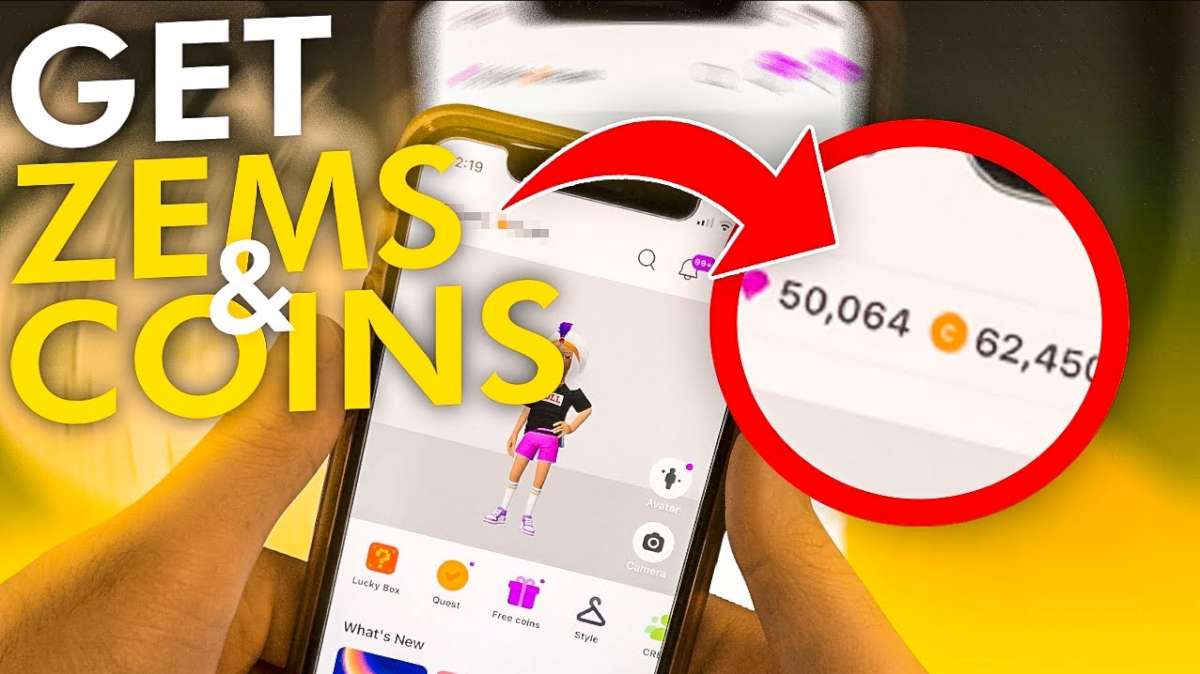Bit Ly 200 Zems: A fast-paced browser game that’s all about strategy and speed. – bit.ly/200zemsfree.
Let me tell you about this quirky free browser game I stumbled on called 200 Zems. You know those days when you’re bored at work but can’t install anything? This thing runs right in your browser—no downloads, no fuss. I actually bookmarked it months ago but accidentally deleted the link (classic me), so here’s the rundown.
The goal’s simple: pop floating balloons for points. Sounds easy, right? Nah. The catch is that each color gives different scores, and the rules change every round. Last week, I spent 20 minutes obsessively chasing purple balloons in this addictive time management game only to realize red ones were worth double that round. Rookie mistake. Pro tip: Study the score chart before smashing that “Start” button. Those neon-green bubbles might look harmless, but they could be your ticket to the leaderboard’s top five.
Here’s where it gets sneaky: Basic balloons give 10 points, but I’ve seen gold ones worth 100 pop up randomly. Once, a rainbow bonus balloon drifted by while I was distracted by a Slack notification—still bitter about missing that. The timer’s ruthless, too. You’ve got maybe 90 seconds to go full ninja mode. My personal record? 2,340 points in this competitive online game after three coffees and a very patient cat judging me from the keyboard.
Now, the language thing: It’s only in English or German. My high school Deutsch is rusty, but the icons are intuitive enough. Just pick your language at the start—no take-backsies, though.
Want to host this instant-play game yourself? Grab these four files (HTML, CSS, JS, and a config if you’re fancy). I once messed up the JSON config while adding emojis and broke the whole game—don’t be like me. Stick ’em in a folder named “200_Zems”, FTP it to your server, and boom: instant nostalgia bait for fans of simple yet challenging browser games.
Fair warning: The code’s not winning any awards for elegance, but it works. My buddy Dave hacked in a doge meme as a playable character last April Fools’—priorities, right? Anyway, give it a shot during your next Zoom “networking meeting”. Just don’t blame me when your boss catches you popping virtual balloons instead of taking notes in this fun time-waster.

Here are the game’s code files!
1 – index.html (HTML File)
This file forms the basic structure and content of the game. You must add the interface and necessary game-related code files here.
<!DOCTYPE html>
<html lang="en">
<head>
<meta charset="UTF-8">
<meta name="viewport" content="width=device-width, initial-scale=1.0">
<title>Zem's Balloon Catch</title>
<link rel="stylesheet" href="css/style.css">
</head>
<body>
<div id="game-container">
<h1 id="game-title">Zem's Balloon Catch</h1>
<p id="game-message">The game is on! Try to catch the targets!</p>
<div id="scoreboard">
<p id="score">Score: 0</p>
</div>
<div id="target-container">
<!-- Targets will be dynamically placed here -->
</div>
<button id="start-game">Start the Game</button>
</div>
<script src="js/game.js"></script>
</body>
</html>2 – style.css (CSS File)
This file organizes the game’s visual design. We define style settings here, such as background colors, text sizes, and balloon placement.
/* Genel Stil */
body {
font-family: Arial, sans-serif;
margin: 0;
padding: 0;
display: flex;
justify-content: center;
align-items: center;
height: 100vh;
background-color: #f0f0f0;
}
#game-container {
text-align: center;
background-color: #ffffff;
padding: 20px;
border-radius: 8px;
box-shadow: 0px 4px 8px rgba(0, 0, 0, 0.1);
}
#game-title {
font-size: 36px;
color: #333;
}
#game-message {
font-size: 18px;
margin-top: 10px;
}
#scoreboard {
margin-top: 20px;
}
#target-container {
display: flex;
justify-content: center;
margin-top: 30px;
}
#start-game {
margin-top: 20px;
padding: 10px 20px;
background-color: #4CAF50;
color: white;
border: none;
border-radius: 5px;
cursor: pointer;
}
#start-game:hover {
background-color: #45a049;
}
#target {
width: 50px;
height: 50px;
background-image: url('../assets/target.png');
background-size: cover;
margin: 10px;
cursor: pointer;
}3 – game.js (JavaScript File)
This file manages the game’s logic and interactions. We code player clicks, score updates, and balloon spawning in this file.
// Variables
let score = 0;
let gameStarted = false;
let targetInterval;
// Elements
const scoreElement = document.getElementById('score');
const messageElement = document.getElementById('game-message');
const targetContainer = document.getElementById('target-container');
const startButton = document.getElementById('start-game');
// Starting game function
function startGame() {
score = 0;
scoreElement.textContent = "Score: 0";
messageElement.textContent = "The game is on! Try to catch the targets!";
gameStarted = true;
startButton.disabled = true;
spawnTarget();
targetInterval = setInterval(spawnTarget, 2000); // Create a balloon every 2 seconds
}
// Goal creation function
function spawnTarget() {
if (!gameStarted) return;
const target = document.createElement('div');
target.classList.add('target');
target.style.left = Math.random() * 80 + '%'; // Randomizing the X position of the target
target.style.top = Math.random() * 80 + '%'; // Randomizing the Y position of the target
target.addEventListener('click', captureTarget);
targetContainer.appendChild(target);
}
// Target capture function
function captureTarget(event) {
score += 10;
scoreElement.textContent = "Score: " + score;
event.target.remove(); // Remove clicked balloon
}
// Clicking the game start button
startButton.addEventListener('click', startGame);4 – config.json (Setting file – optional)
This file determines game settings and language options. If you want to add dynamic content or language support, make the necessary edits here. However, do not delete other code characters while editing. Otherwise, the game won’t launch. Always edit this file carefully!
{
"languages": {
"en": {
"game_start_message": "Game Started! Try to capture the targets!",
"target_captured_message": "You captured the target! Congratulations!"
},
"de": {
"game_start_message": "Spiel begonnen! Versuche, die Ziele zu fangen!",
"target_captured_message": "Du hast das Ziel erfasst! Herzlichen Glückwunsch!"
}
}
}After completing these four steps, create a folder named 200 Zem. Save all the files inside it and upload them to your server using an FTP tool. Finally, open 200 Zem in a web browser to play. I hope you like it!
